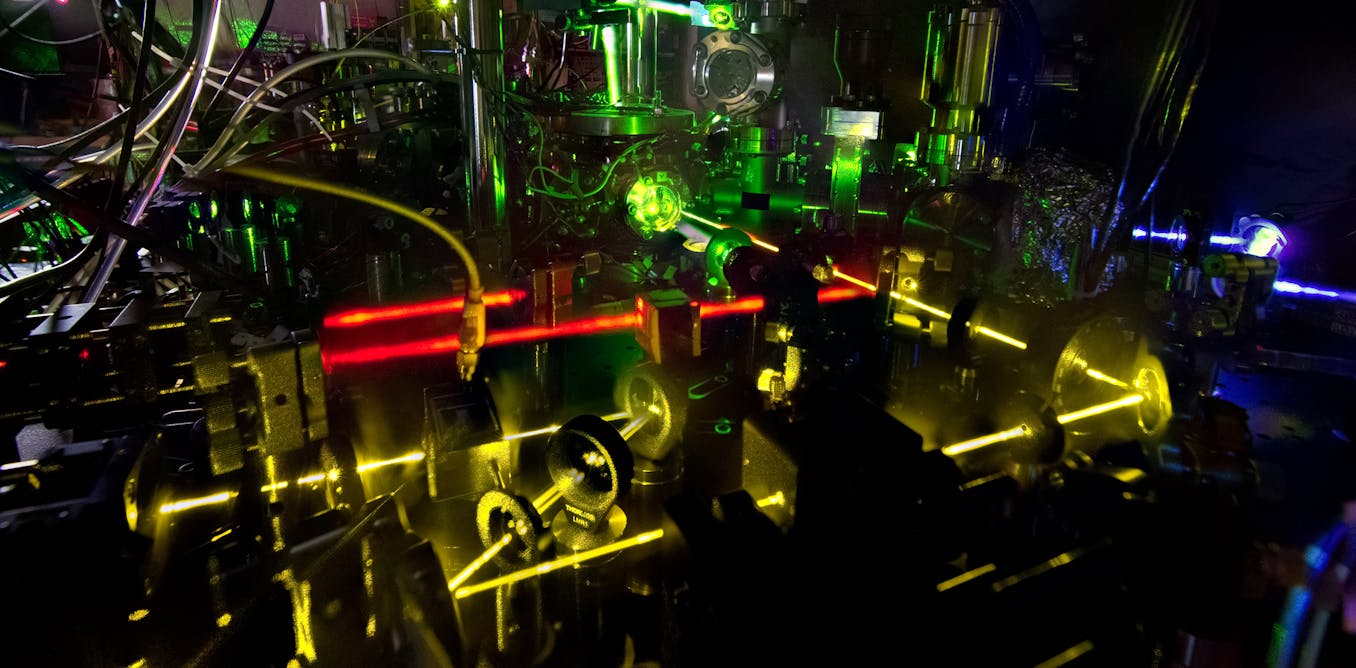How cables in glaciers could help forecast future sea level rise
New research shows how fibre-optic cables can monitor the hidden structure of glaciers, teaching us about past and future ice flow.
Adam Booth, Associate Professor in Applied Geophysics, School of Earth and Environment, University of Leeds •
conversation
May 14, 2021 • ~7 min
May 14, 2021 • ~7 min



